“It’s a shame for a woman to grow old without ever seeing the strength and beauty of which her body is capable.” -Socrates
As an avid gym-goer and lover of all things fitness, I’ve decided to start a series on an aspect of fitness that is very close to my heart: weight lifting! I’ve always been relatively active, participating in softball as a child, and track and field and cross-country during high school. I ate somewhat healthy growing up, and was on and off with exercise. However, my true passion for women’s fitness began about two years ago, during the summer of 2013, when I began weight lifting.
I had always admired focused and determined athletes like the professional female gymnasts and runners, and had dreamed of acquiring that type of determination, passion, and physical strength. I had toyed with the idea of lifting weights for some time, but had no idea where to begin or even how to go about it, so I pushed the idea aside, telling myself that those qualities of strength were only pertinent in the Olympic athletes you see on television. I finally got over my fear, hired a local fitness coach, and began my journey with weights. My experience through strength training not only transformed my body but it has truly transformed my entire life, helping me to see myself in a new and more positive light. I work to keep myself strong and healthy with the goal of preserving this amazing body that Allah (swt) has blessed me with for as long as I can. My goal is to inspire other women to do the same!
Unfortunately, there are many misconceptions regarding women and fitness, particularly when it comes to strength training. Sadly, this not only prevents most women from experiencing the incredible benefits weight lifting has to offer, but it also aids in them wasting unnecessary time and energy in the gym. And as for those women who are thinking about weights, these misunderstandings often leave them confused, timid and not knowing where to begin. I’d like to start this series by defying some of the common myths regarding women and weights.
Myth 1: Lifting Weights Makes Women Look Masculine
The belief that weights will make a woman look manly is probably the most common misconception out there. Hormonally speaking, it is just about impossible for us women to obtain a physique that even slightly resembles the male body. Women simply do not produce enough testosterone to allow for that much muscle growth. I’m assuming that a big part of this idea comes from women’s bodybuilding competitions. Well, I can promise you that these types of bodies are not built naturally and are more than likely aided by anabolics, or steroids. Naturally speaking, lifting weights will not cause muscle increases in women anywhere close to that of men.
Myth 2: Cardio Burns Fat While Lifting Makes You Gain Weight
Another common misconception is that cardio is the best way to burn fat while resistance training is only for those wanting to put on weight. Now this is not a complete misunderstanding; unlike the first myth there is actually some truth here. Cardio certainly burns significantly more calories during the continuous exercise than weight training. However, with cardio, calorie burning is discontinued at the conclusion of that particular exercise whereas weight training actually helps our bodies to continue to burn calories throughout the day. This is due to the buildup of lean muscle mass, which helps improve metabolic functioning. In other words, the more lean muscle one has, the more calories they are able to burn at rest!
Myth 3: Muscle Can Turn Into Fat
When you stop lifting weights, your muscle turns into fat. This is actually one of the misconceptions I myself held before I got into resistance training. The truth is that muscle and fat are two different types of tissue with different functions. When exercising comes to a halt, muscle cells actually start to shrink. Since muscle cells require a lot of energy to maintain, a person may begin to gain some fat once they stop working out. This does not stem from the muscles morphing into fat cells, rather it comes from the fact that your body is no longer burning as many calories because it doesn’t contain as much lean muscle mass as it used to. If you stop lifting weights, but want to stay away from the excess fat gain, one would simply need to eat less, as the body now requires less calories.
Myth 4: Women Who Are Thin Don’t Need a Gym
Many people actually frown upon women who are thin, yet go to the gym regularly, perceiving the behavior is obsessive. When I got serious about gym-going and spent about 1-2 hours a day, 5-6 days a week there, I got some remarks such as “why do you need a gym, your skinny enough?” This is an extremely superficial view that does not take into account the physiological or emotional health benefits of exercise. Whether it be in the form of cardio or weight lifting, exercise has wonderful benefits such as improving heart and cardiovascular health and helping to decrease the likelihood of certain diseases and illnesses. The advantages that strength training can have on your body and mind go far beyond appearances and vain ideas about looks and reach to deeper levels of inner health and beauty.
Myth 5: Women Shouldn’t Train Like Men
Believe it or not, men and women reach the same goals in the same way. There are no exercises that are inherently “male only” exercises. Of course, a woman is most likely not going to lift as heavy as her male counterpart, but her training should be specific to her goals and should not differ from the way a man would train with the same goals. If a woman wants to build up significant strength in her legs and burn fat at the same time, she can do squats or deadlifts just as a man would. If a woman wants to build some strength in her chest she should do push-ups, bench presses or other chest strengthening exercises just as a man would. Training techniques are specific to goals, not gender.
Lift Ladies, Lift!
So to all of my ladies out there, I hope I cleared some common misconceptions from your mind. We all want to be healthier, more confident, and stronger. Weight lifting is the key to unlocking all of these. It is my hope that, through this series, I can continue to rid you of the fear associated with heavy lifting and inspire you to go out there and get confident! Stay tuned for next week’s series on women and weights, inshallah.
 CrossFit space and equipment on the lower floor
CrossFit space and equipment on the lower floor Spacious upper floor, with future plans for yoga classes
Spacious upper floor, with future plans for yoga classes Plus point: This gym even has an outdoor pool too!
Plus point: This gym even has an outdoor pool too! Warming up outdoors with some sprints
Warming up outdoors with some sprints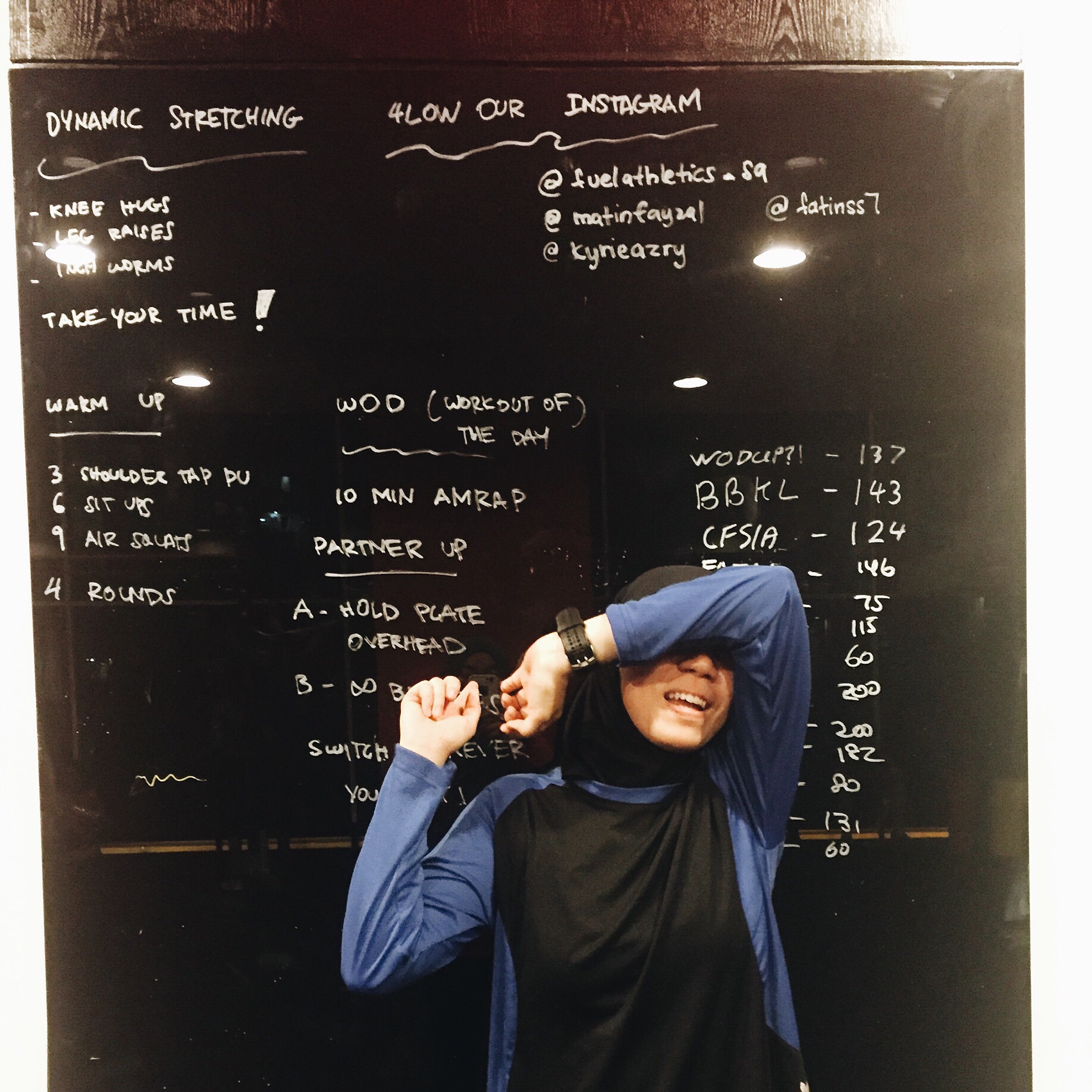 The WOD got me like… (in a good way of course)
The WOD got me like… (in a good way of course)


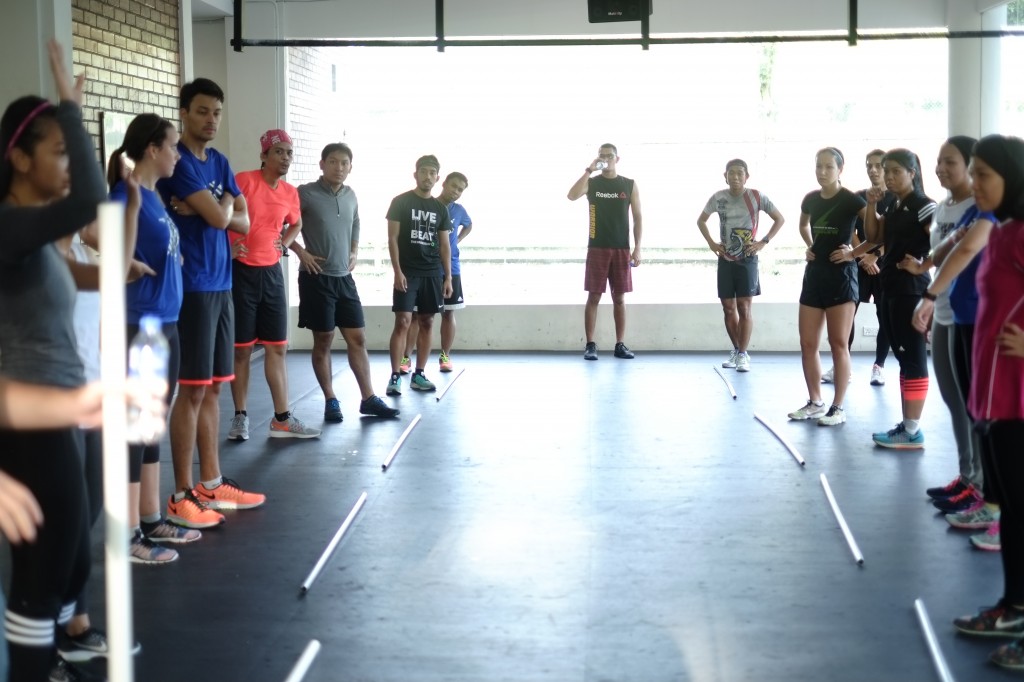
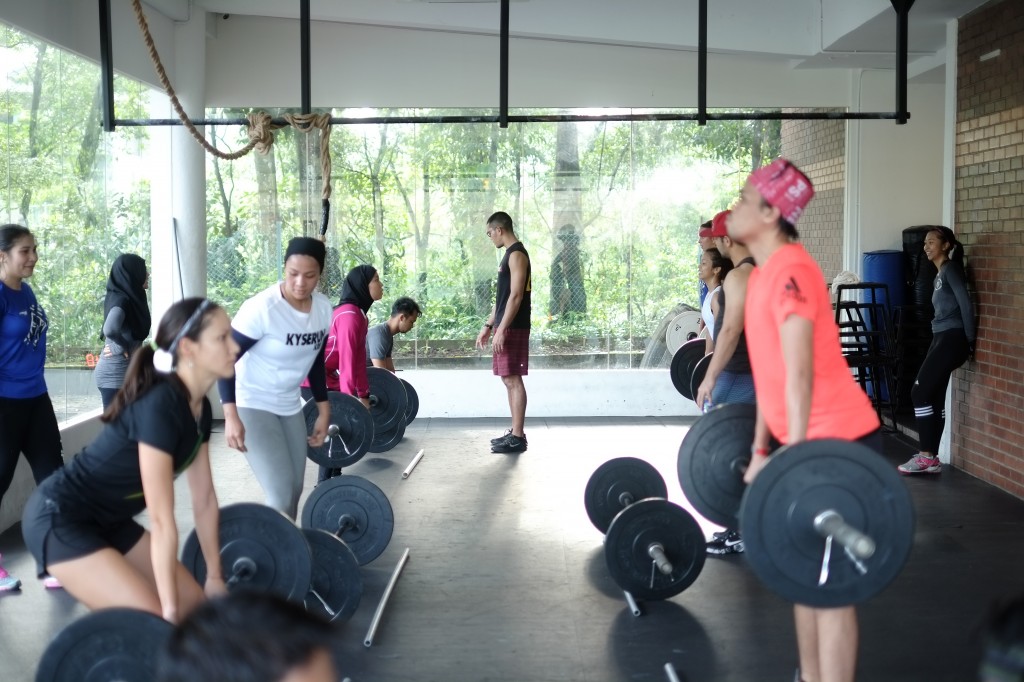

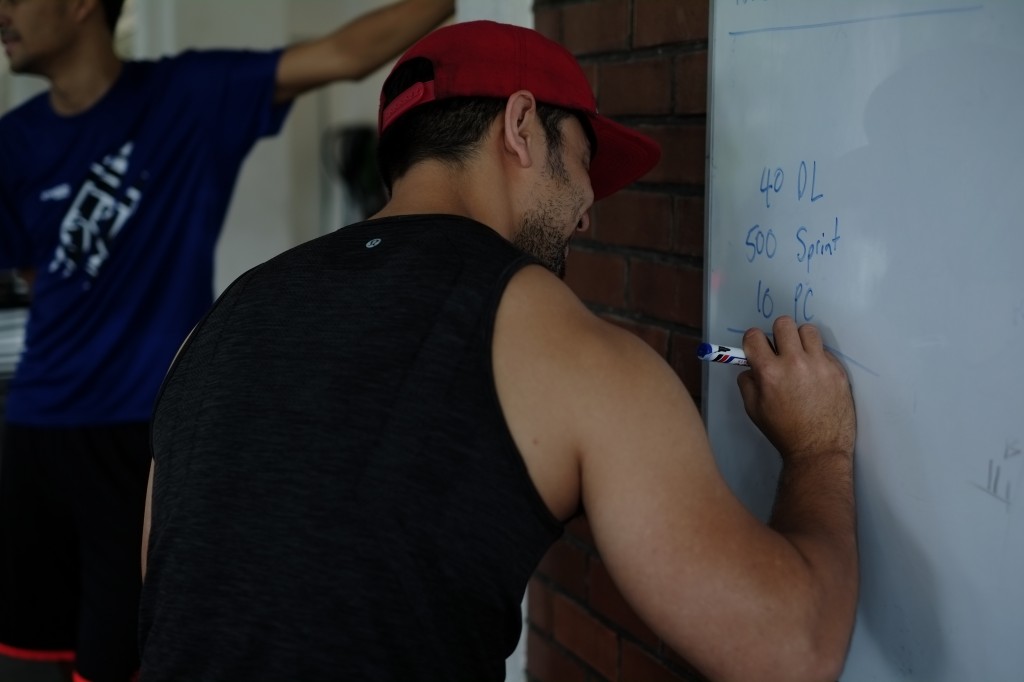
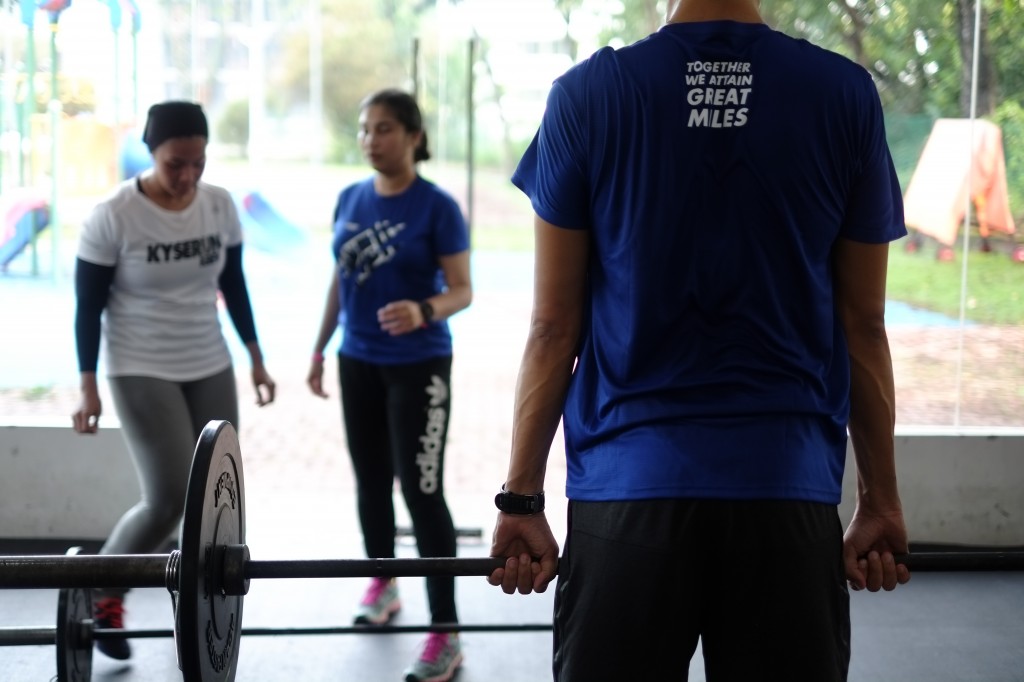
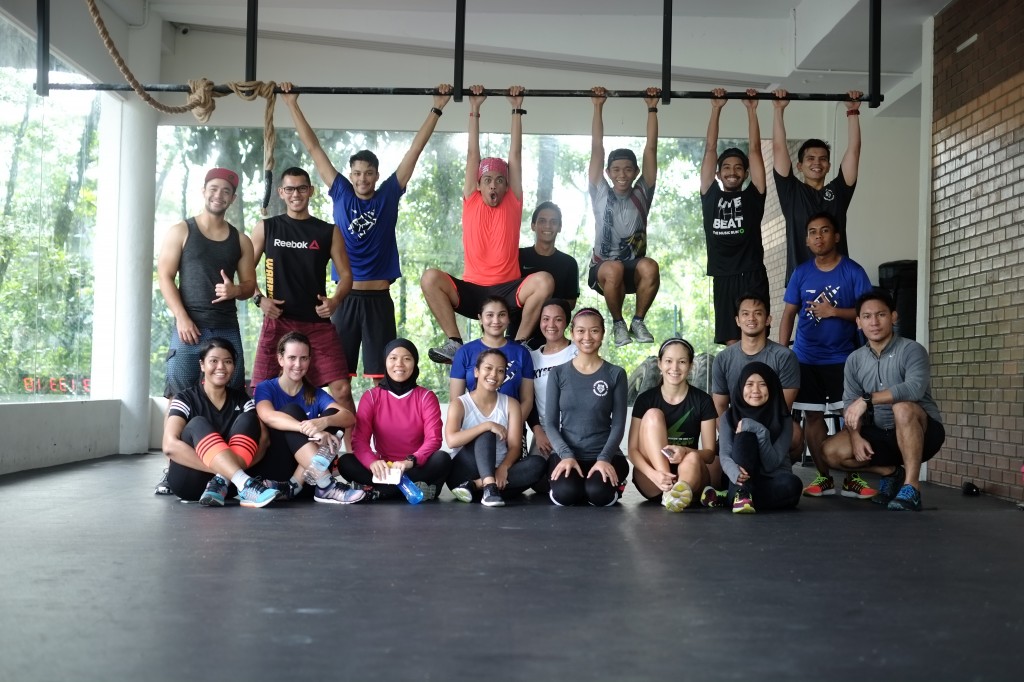
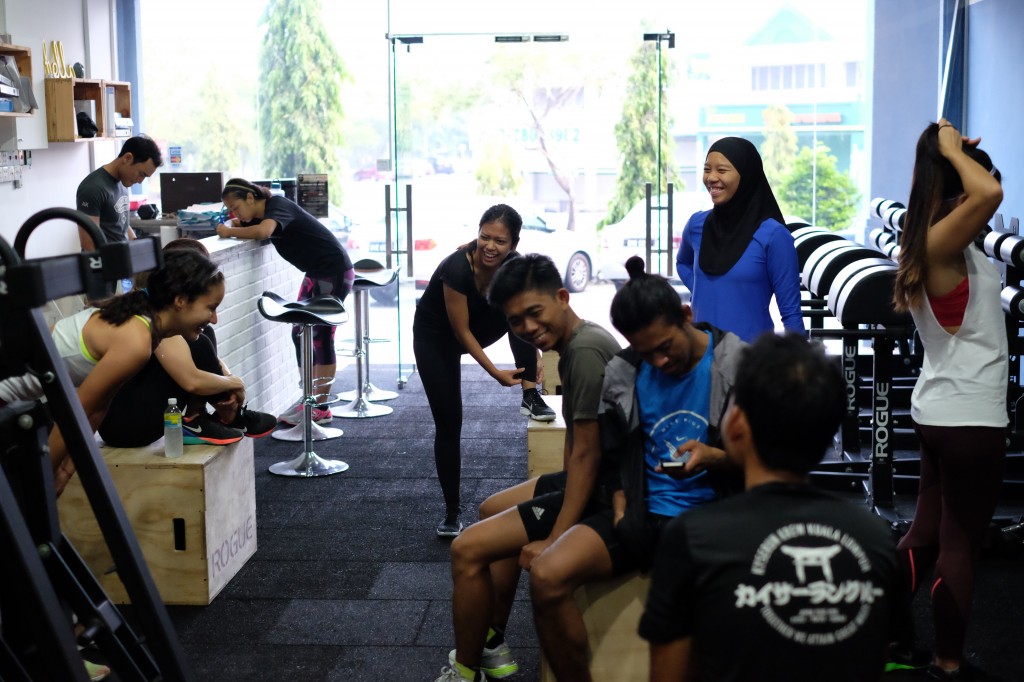
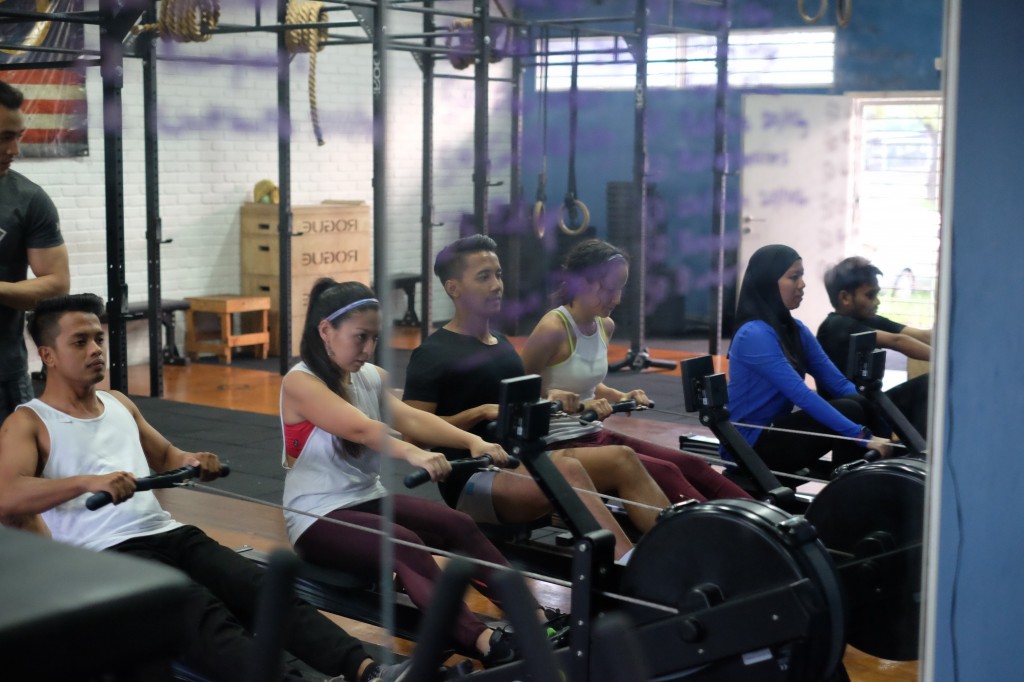
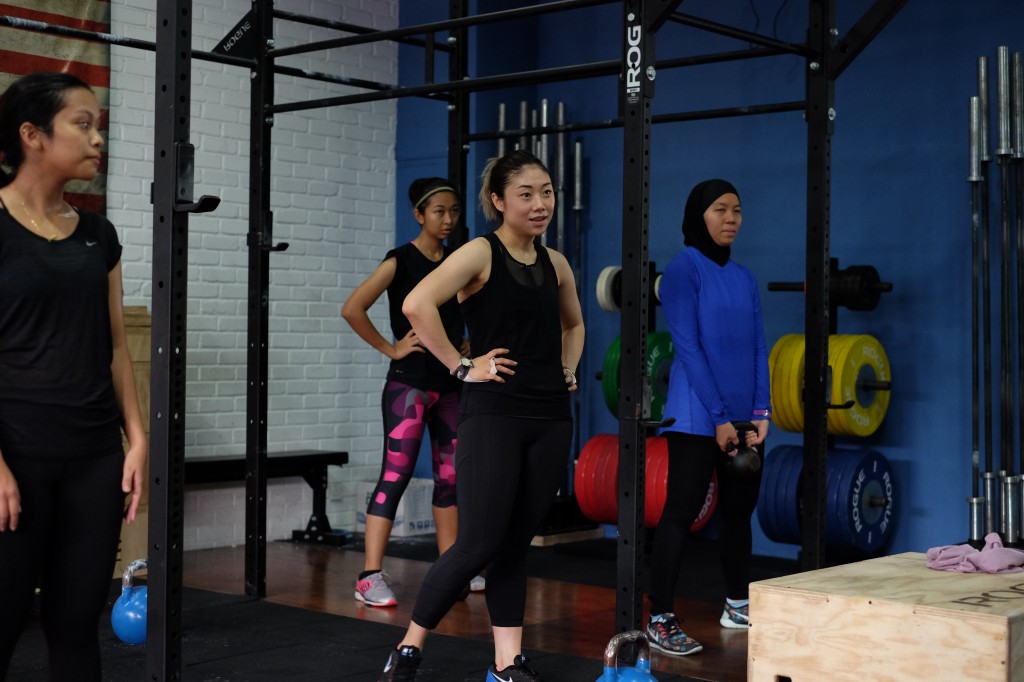

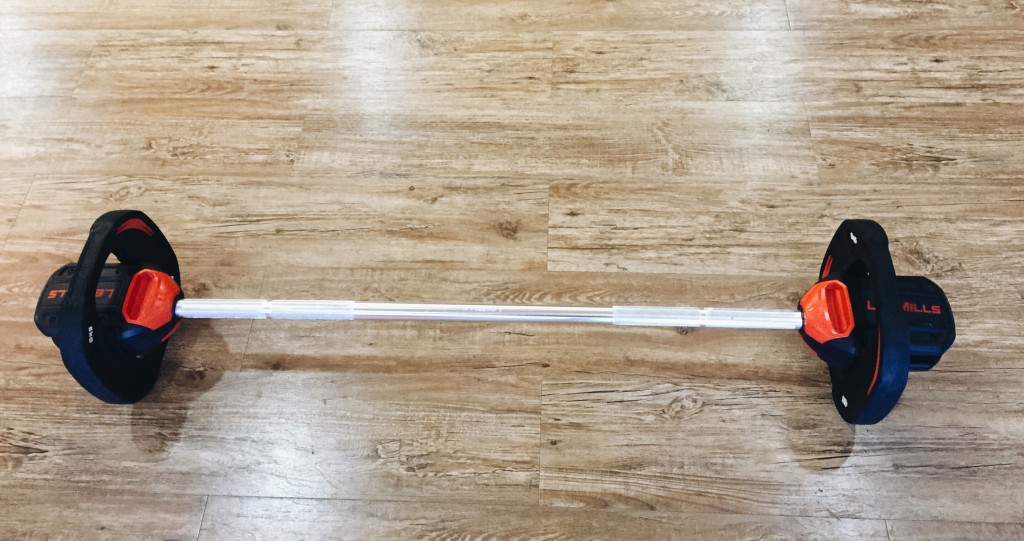
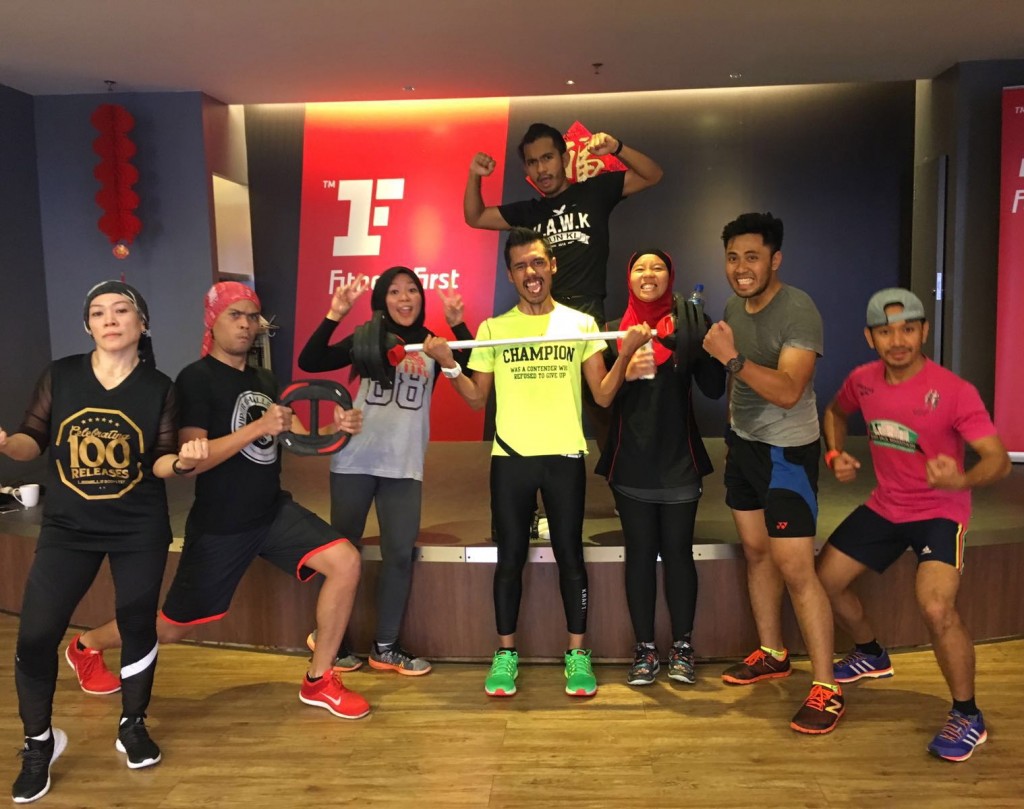
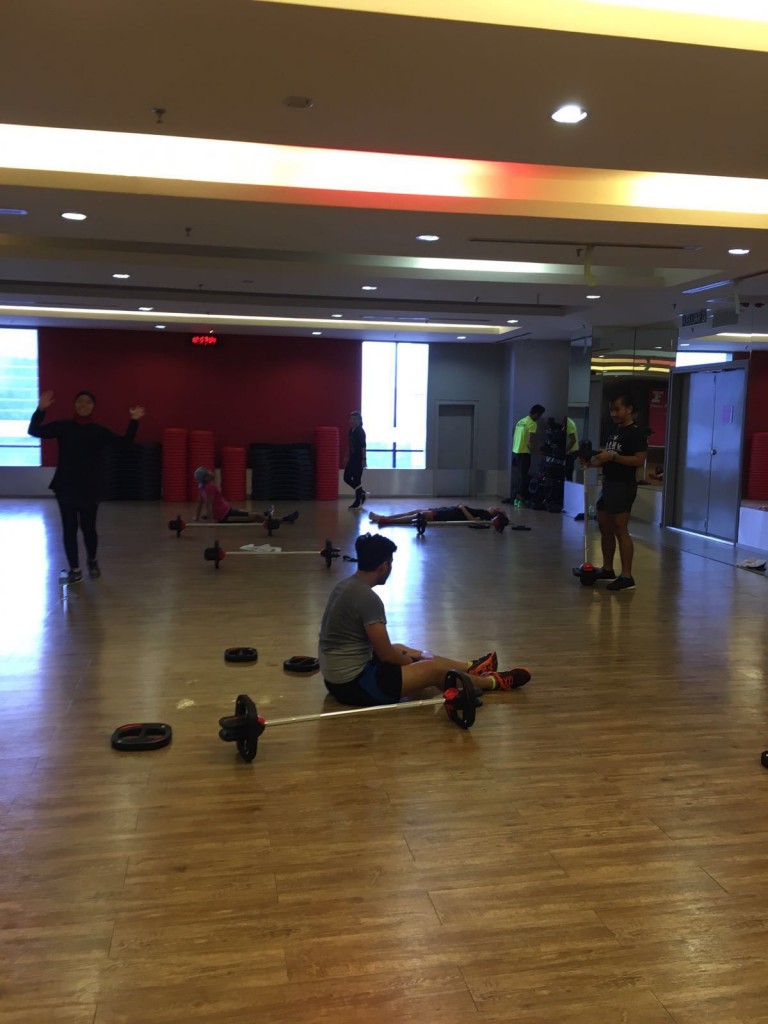

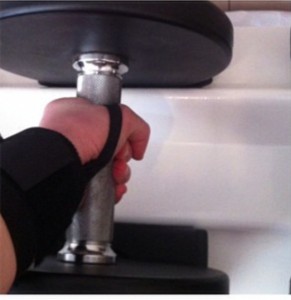 build muscle, strength, or changing their appearance. A twice per week training frequency is when each muscle group is worked twice per week. This is ideal for intermediate and advanced trainees with any type of goal. A three times per week training frequency is when each muscle group is worked three times per week and is ideal for beginners with any type of goal.
build muscle, strength, or changing their appearance. A twice per week training frequency is when each muscle group is worked twice per week. This is ideal for intermediate and advanced trainees with any type of goal. A three times per week training frequency is when each muscle group is worked three times per week and is ideal for beginners with any type of goal.